The Kiribati Islands feature coral atolls, marine reserves, and World War II remains across the Pacific Ocean. The sites include white sand beaches, traditional fishing villages, and coral reefs. Military installations, cannons, and naval battle sites from 1943 remain on several islands. The Phoenix Islands Protected Area spans 408,250 square kilometers of marine habitat. Cultural venues present maritime traditions, local crafts, and historical artifacts of the Gilbert Islands.
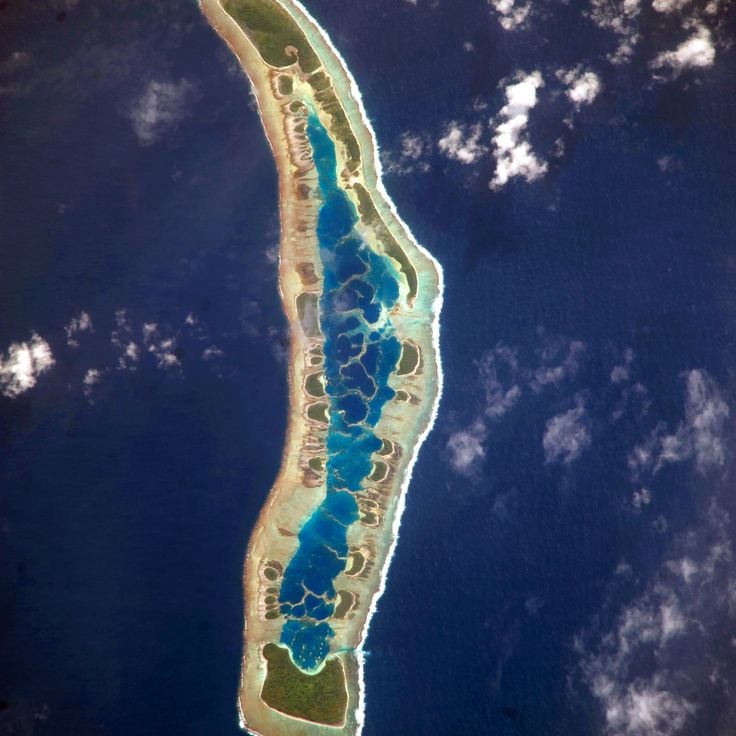
Kiribati
Coral island in the South Pacific without permanent population, surrounded by white sandy beaches where seabirds nest.
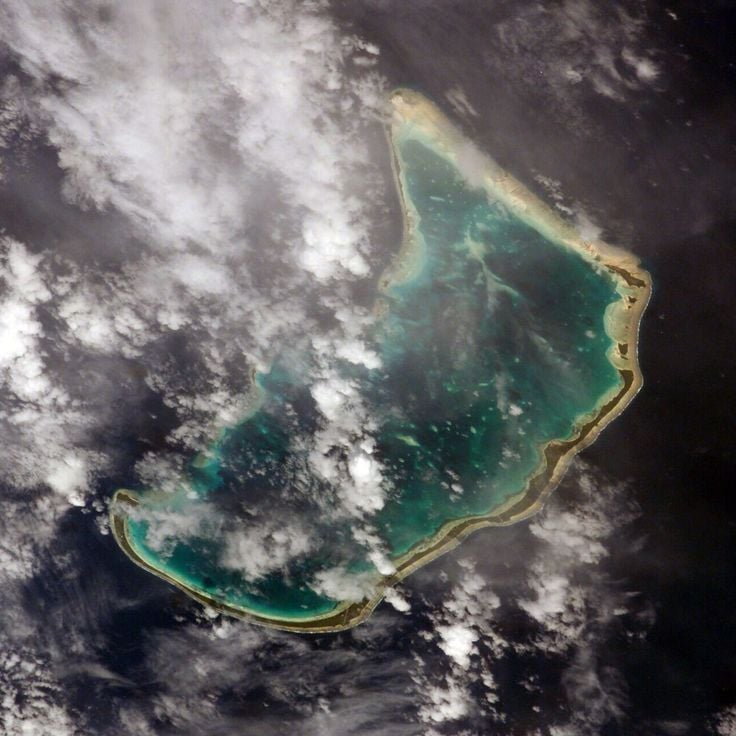
Kiribati
The atoll consists of 17 coral islets with white sand beaches, coconut trees, and lagoon-edged villages. Locals engage in traditional fishing.
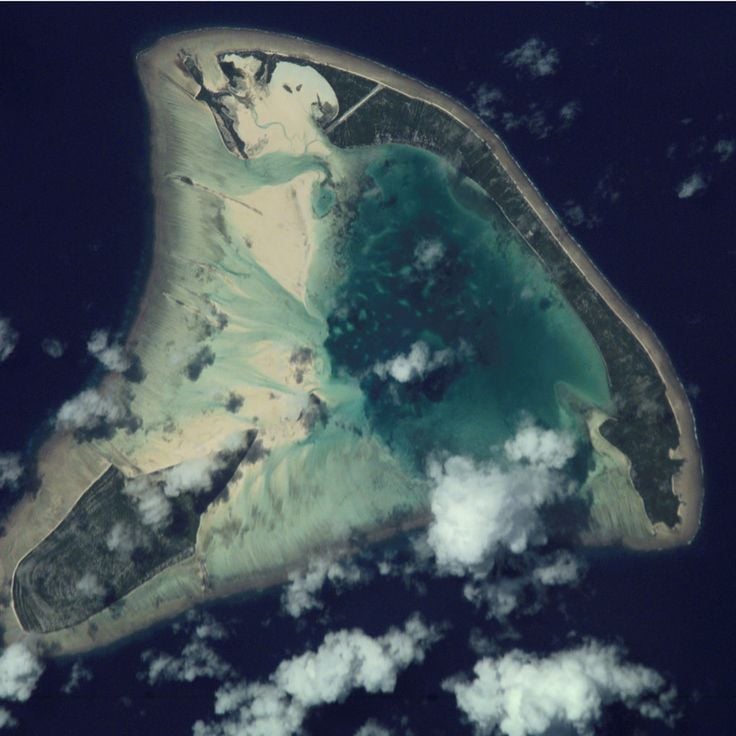
Kiribati
Coral atoll with a central lagoon and white sandy beach. Local fishermen practice traditional fishing in the shallow waters of the reef.
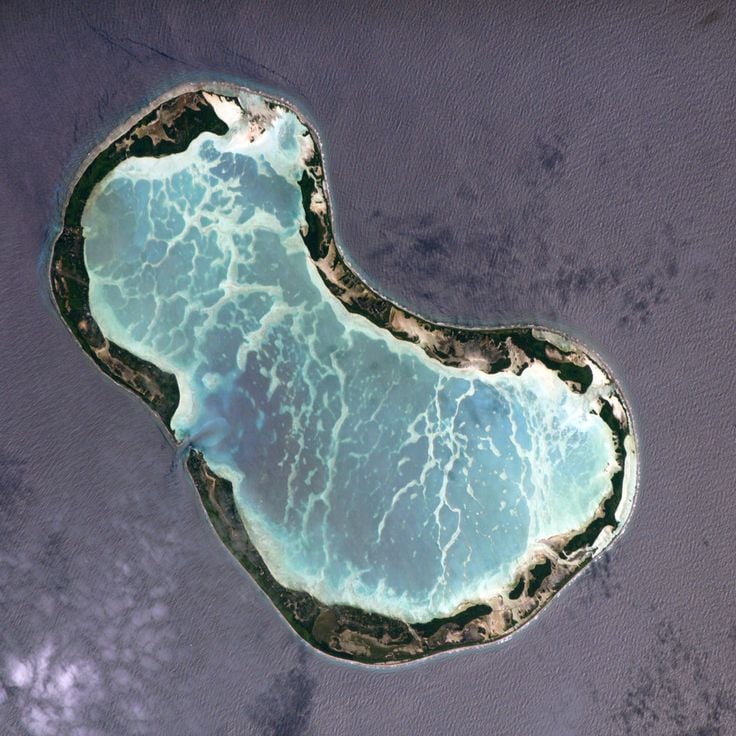
Kiribati
Circular-shaped atoll with a central lagoon and coral reefs. The island has white sandy beaches and dense tropical vegetation.

Kiribati
Located in the Gilbert Islands archipelago, covered with coconut and pandanus trees. The nutrient-rich soil supports taro production. Japanese military bunkers remain on the island.
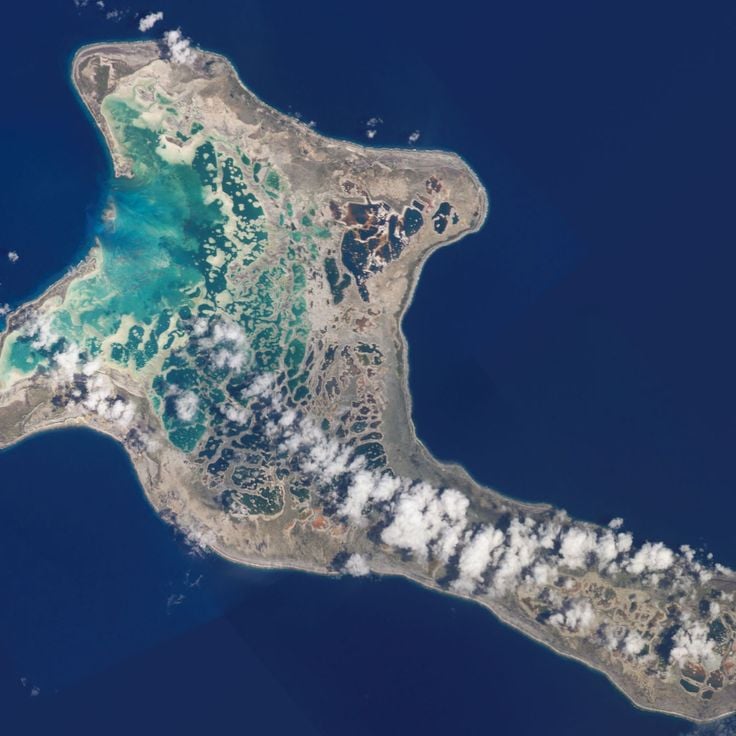
Kiribati
322 square kilometer coral atoll made up of 24 islets. It features colorful reefs in the lagoon and seabird colonies on the beaches.
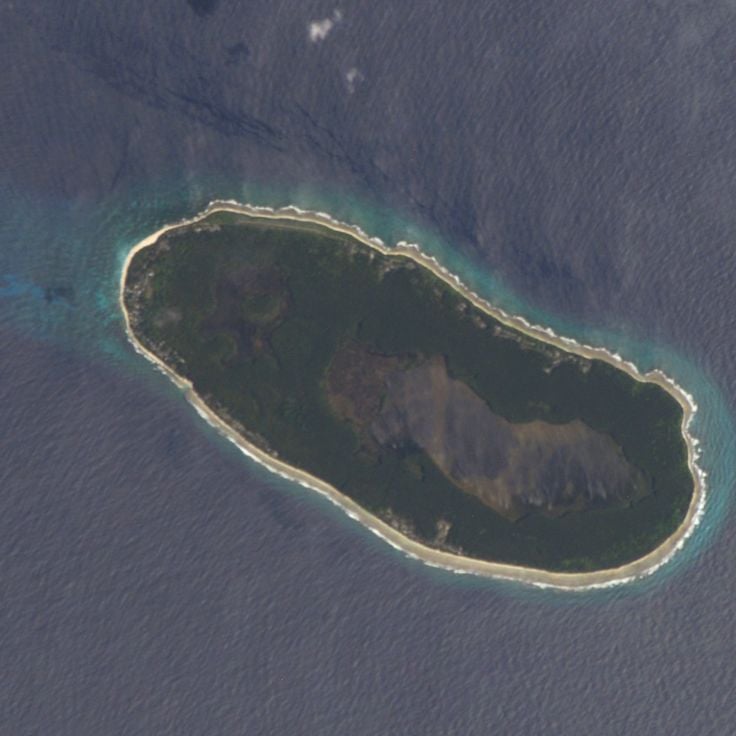
Kiribati
Inhabited coral island of the central Pacific Ocean, north of the Line Islands, with white beaches and coconut groves.

Kiribati
Capital of the Kiribati islands, site of naval battles in 1943. The atoll encompasses bunkers, cannons, and relics from the Pacific War.
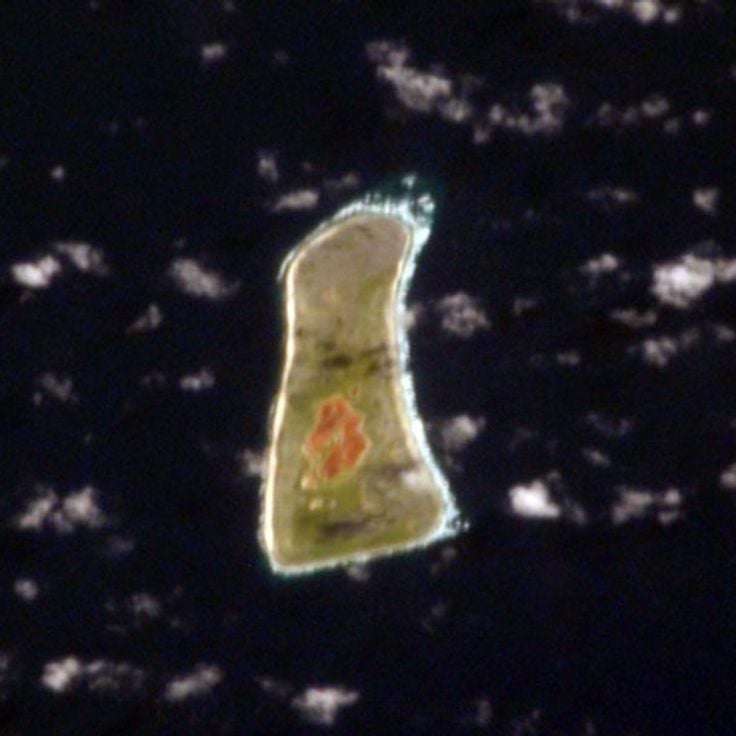
Kiribati
Uninhabited 5 square kilometer coral atoll in the central Pacific Ocean. The island contains remains of former American military installations built during World War II.

Kiribati
Marine reserve covering 408,250 square kilometers, comprising eight coral atolls and two submerged reefs. The waters host many species of tropical fish.

Bairiki, Kiribati
Institutional building inaugurated at the start of the millennium with architecture inspired by the sail shape of outrigger canoes used in the Gilbert Islands.
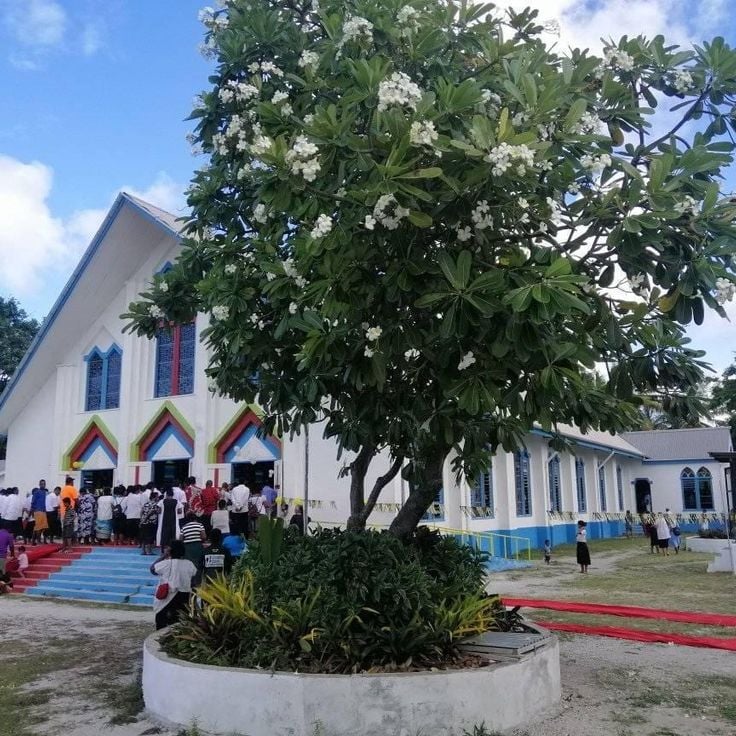
Tarawa, Kiribati
Catholic church established in South Tarawa, constructed in the 1960s. The cathedral serves as the main worship site for the Catholic community and houses the administrative seat of the diocese.

Kiribati
Central Pacific coral island surrounded by reefs. Vegetation includes coconut palms and pandanus trees. Inhabitants practice traditional fishing.
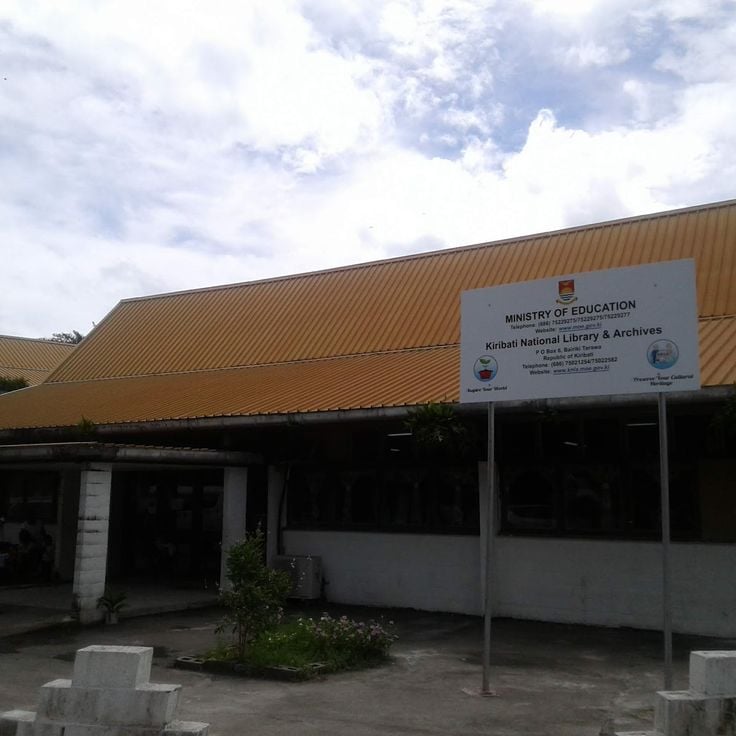
Kiribati
Houses thousands of documents, books, and official archives of Kiribati. The library preserves government publications and arranges temporary exhibitions on local culture.
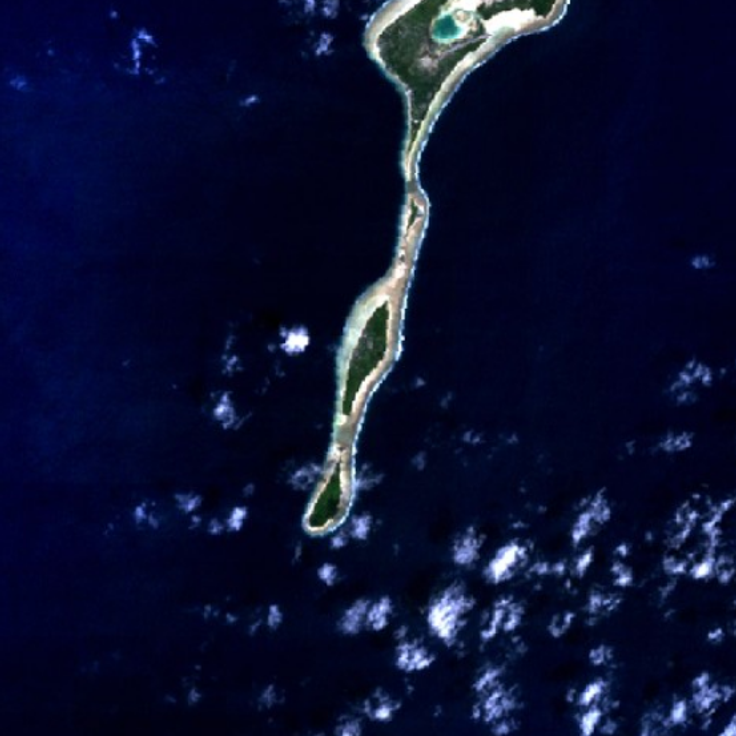
Kiribati
Island in the Central Pacific Ocean with a linear coast, several fresh and brackish ponds, and surrounded by coral reefs.
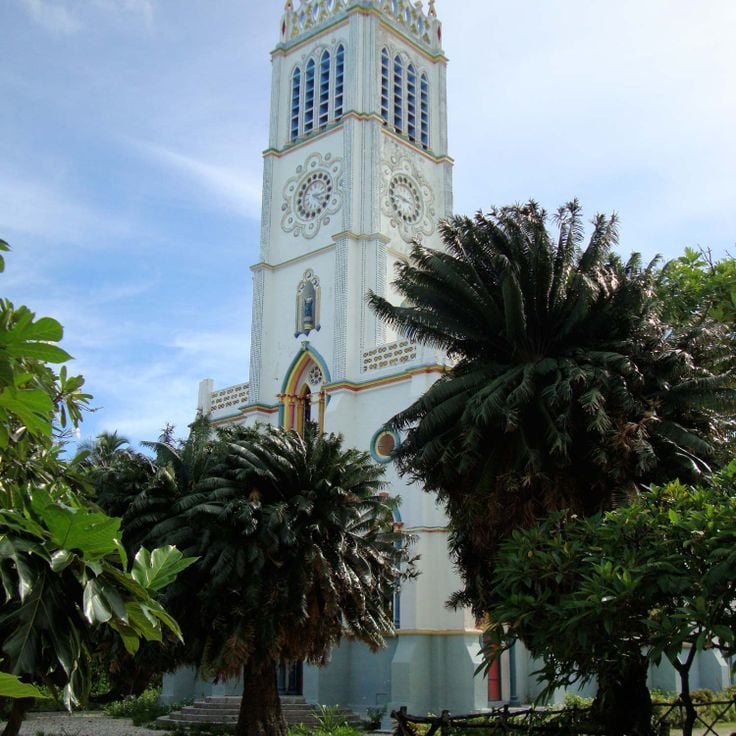
Kiribati
Catholic church built in the 1990s and serves as the seat of the Diocese of Tarawa and Nauru. The central building features a large roof with open sides.

Kiribati
Group of coral islands with abandoned military facilities and remnants of planes and ships from World War II.
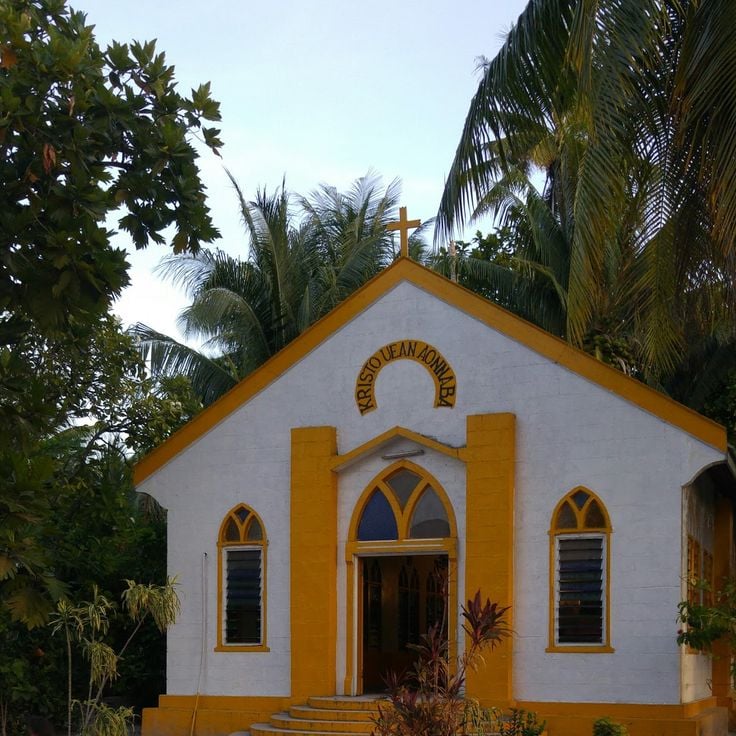
Kiribati
Collection of historical artifacts, costumes, and tools illustrating the culture of the Gilbert Islands. Permanent exhibitions on World War II and the country's independence.

Kiribati
Former phosphate mining island located west of the Gilbert Islands, covering 6 square kilometers with limestone cliffs and coral reefs.
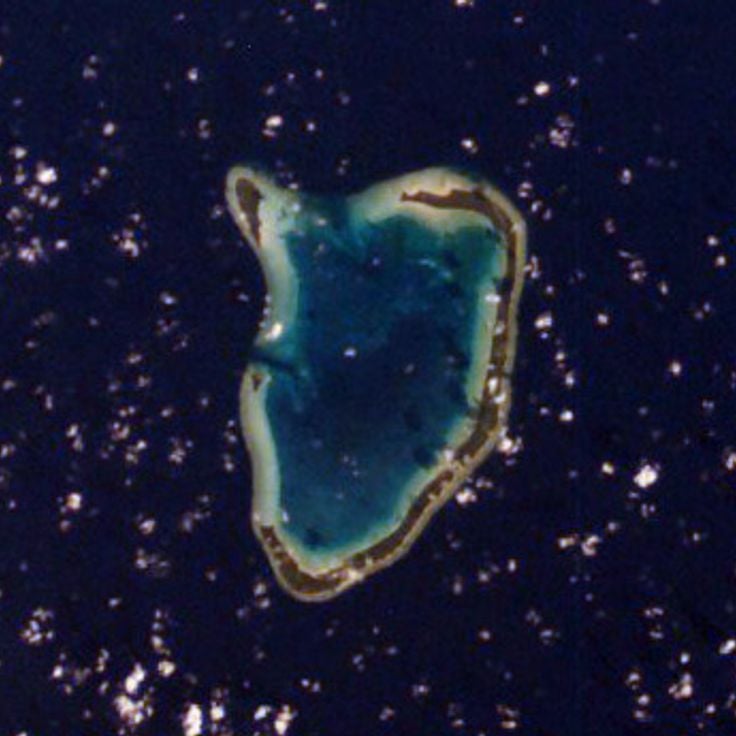
Kiribati
Coral atoll of the Gilbert Islands with white sand beaches bordering the lagoon. Inhabitants practice traditional fishing and cultivate copra.

Kiribati
25-kilometer-long coral atoll in the Gilbert Islands archipelago. Villages are scattered over several islets connected by natural passes.
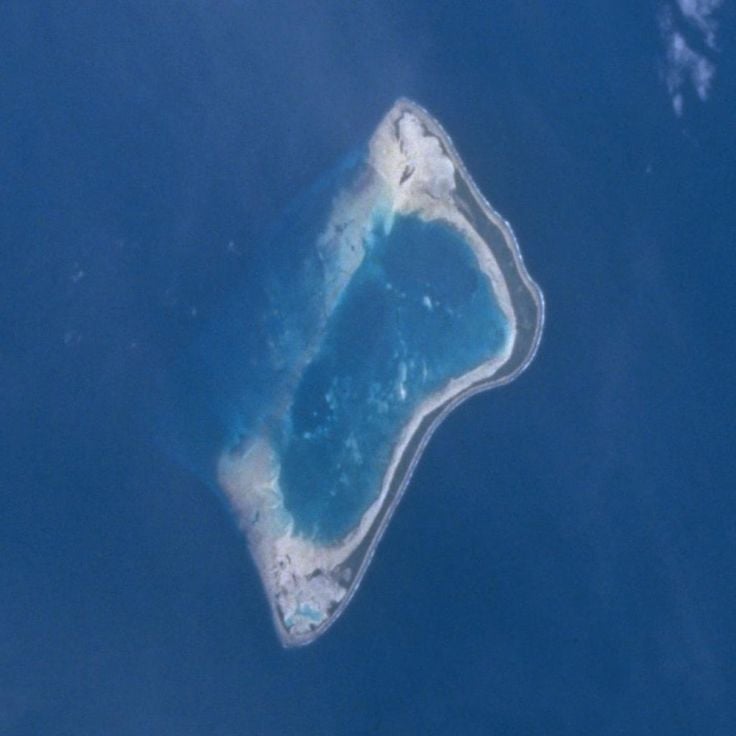
Kiribati
Coral island in the central Pacific Ocean, located 44 kilometers south of Tarawa. Its inhabitants mainly engage in fishing and copra cultivation.
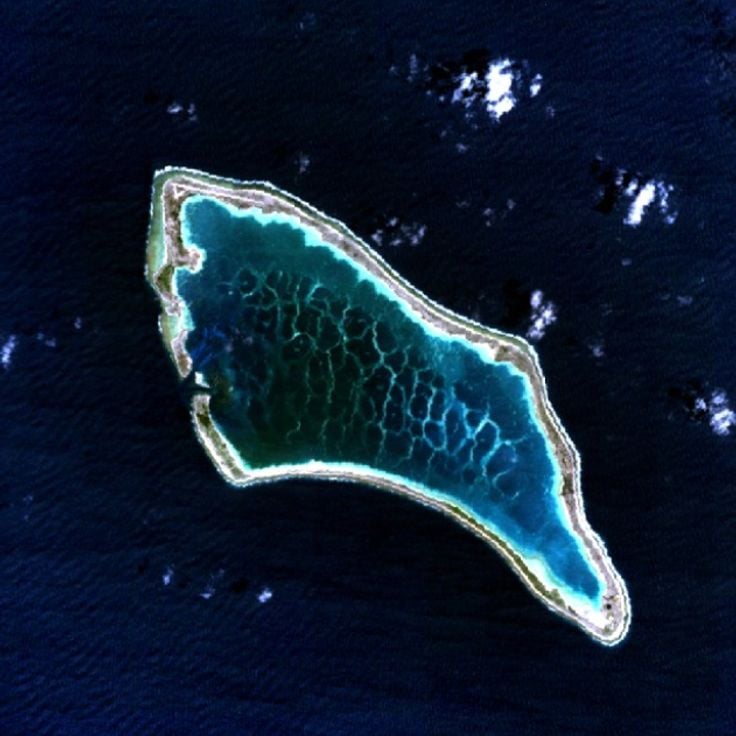
Kiribati
Coral atoll in the central Pacific Ocean with an abandoned airstrip and a former maritime port. The population is centered in the village of Kanton.
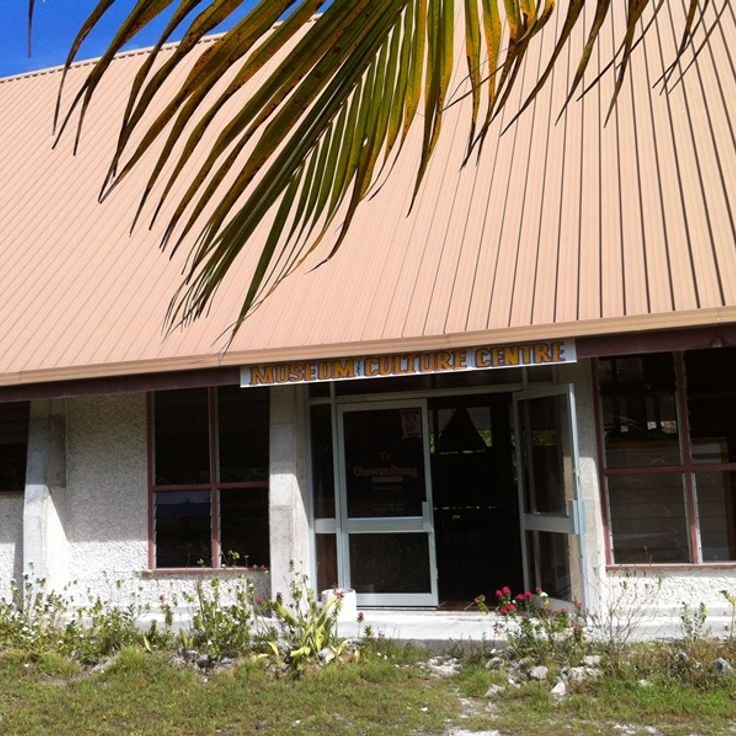
South Tarawa, Kiribati
Exhibition center showcasing traditional maritime techniques, cultural dances, local crafts, and daily life of the communities in the archipelago.